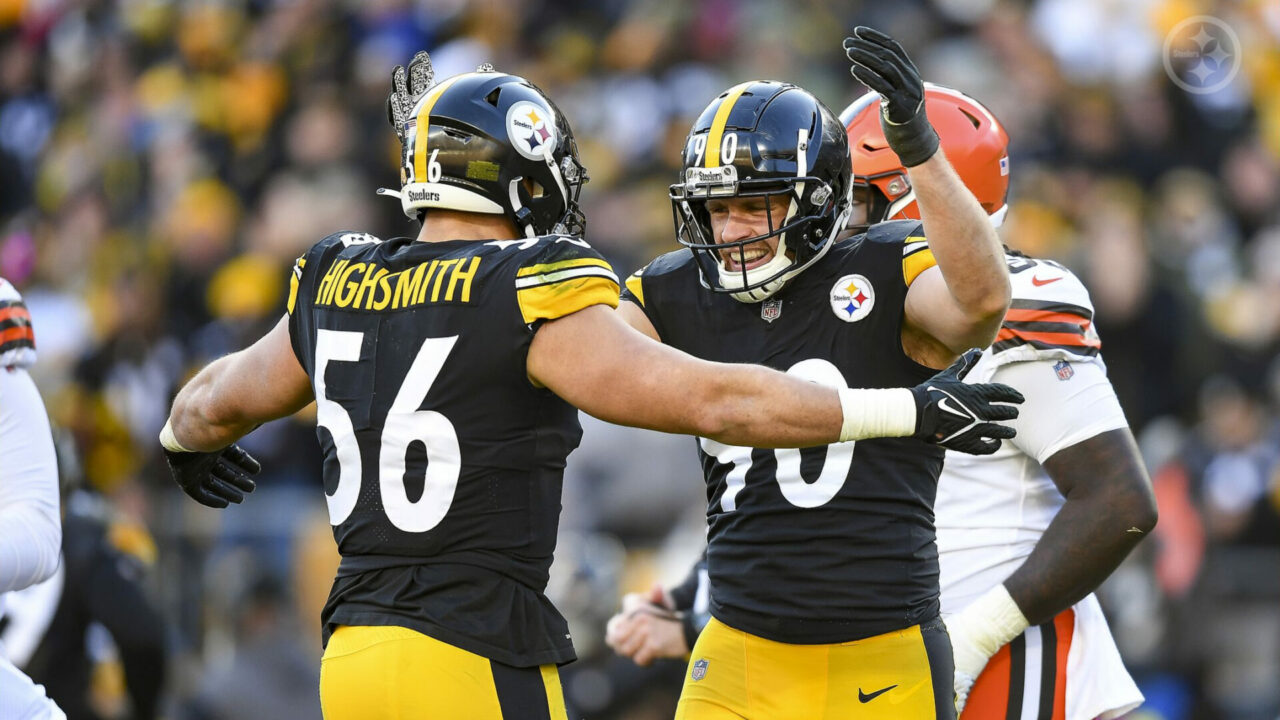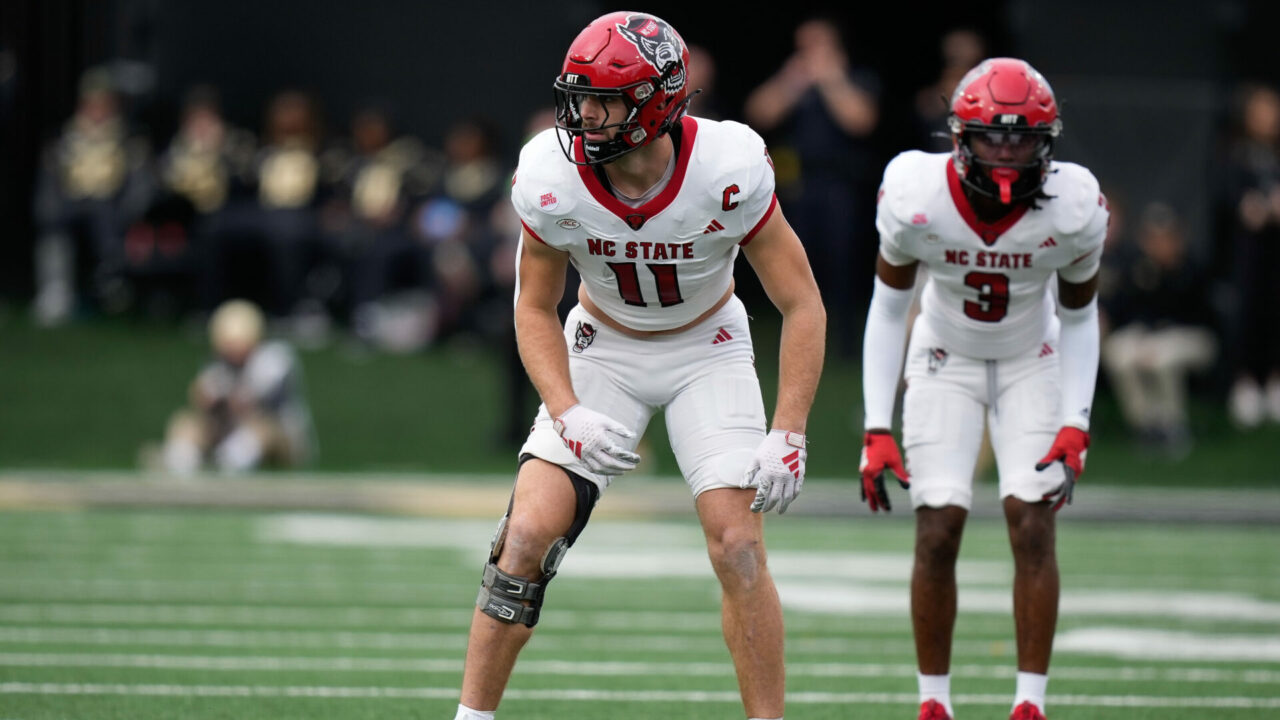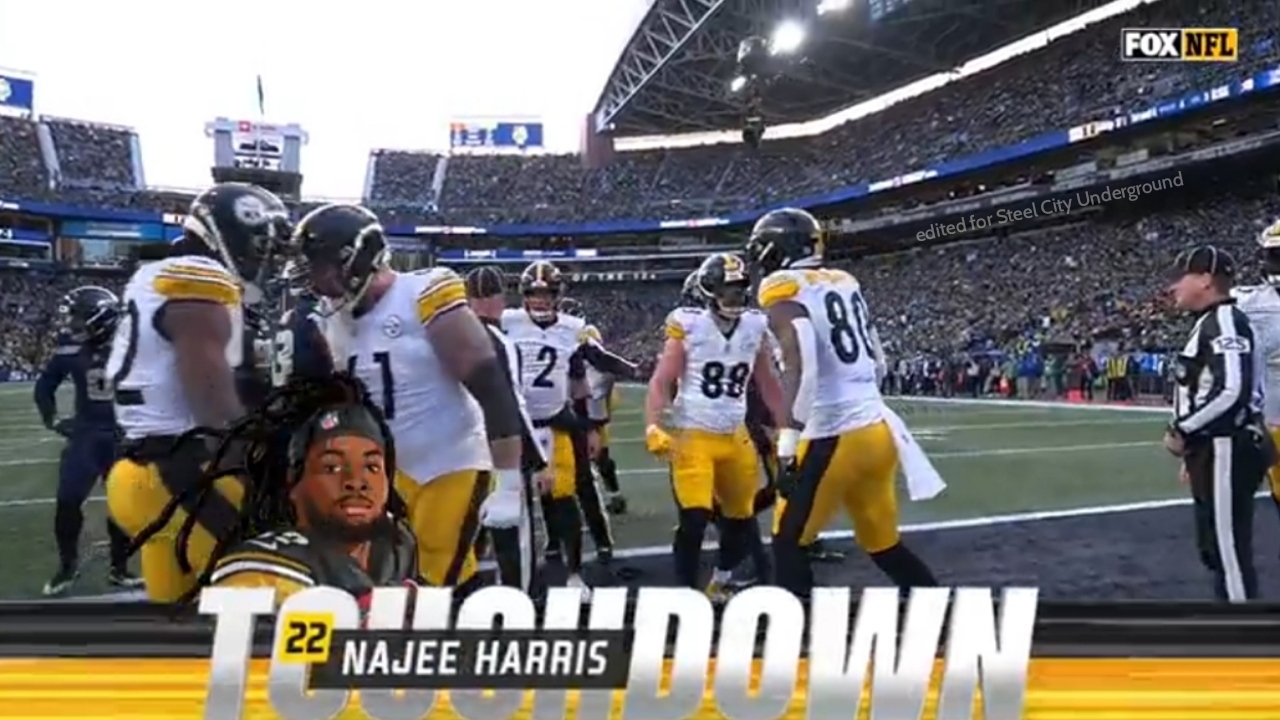Are Steelers too reliant on boom or bust passing attack?
Bleacher Report Lead NFL Analyst Chris Simms posted a short video today, claiming the Steelers run an “unsustainable” deep passing attack.
During the clip, Simms claims that “”It’s their whole offense,” in regard, to the Steelers high-scoring offense. He also mentions that the Eagles “didn’t allow [the Steelers offense] to go downfield” and insinuated opponents will key in on Sammie Coates (who has a 40+ yard catch in all 5 of the Steelers games this season).
Making such claims, because one player is successful at catching deep passes thrown by an accurate, and league-leading, quarterback, makes my blood boil.
To begin refuting the claims that Pittsburgh’s offense relies on their deep passing game too much, I will first define what a “deep pass” is. Beginning in 2006, the NFL reclassifed every pass attempt as either a “short pass” or a “deep pass”. For a pass to be categorized as “deep” it must travel beyond 15 yards.
That means any pass below 16 yards is classified as a short pass for statistical reasons.
So far this season, Ben Roethlisberger has completed 126 of his 192 pass attempts. 43 of Big Ben’s 192 attempts this season have been classified as deep throws of 16+ yards; 22.4% of all attempts, or roughly close to a yearly enough NFL average (which hovers around 20%, give or take, each season).
Of those 43 deep pass attempts, Ben has completed 23; and of those 23, 7 of those passes went for less than 20 yards.
That means 106 of Ben Roethlisberger’s pass completions this season were for plays of 20 yards or less: yet, 7 of Ben’s 15 touchdown passes have been classified as deep throws in 2016.
That begs the question: are the Steelers reliant on a deep passing attack?
I’m going to say no, and here’s why.
First, are fairly balanced as an offense. While Ben has attempted 192 passes, Pittsburgh’s offense has rushed the ball 126 times. Steelers opponents have been far more off-balance, attempting more passes (216) while running less (95). Some of that may be attributed to getting behind in games, and tossing the game plan in order to close the scoring gap, something Pittsburgh was accused of doing against the Philadelphia Eagles.
Everyone is well aware of the disaster the Eagles game was, and tossing out those statistics paints the larger picture of a balanced attack. In that game, the Steelers attempted 44 passes to 10 rushes; subtracting from the season totals, this means, outside of the Eagles blunder, the Steelers have thrown 148 passes to 116 rushes. Rounding up a few plays, that’s nearly a 4:5 ratio, in favor of the pass, yet hardly reliant on passing plays alone to move the ball.
While 654 yards of Big Ben’s 1,496 passing yards this season have come on those 20 plays of 20 or more yards, the remaining 842 yards are a testament to spreading the ball around the field, and moving the chains in the process.
The following is a breakdown of Ben’s 34 completions on Sunday:

Recognize a deep pass is one that travels in the air over 15 yards, regardless of the result. In this case, several Steelers plays resulted in longer than a 15 yard passing play, due to yards-after-the-catch (YAC). Several plays were either screens or dump-offs, many going to Le’Veon Bell, who set a career-high on Sunday with 9 catches on 11 targets.
Bell’s replacement, DeAngelo Williams, has 91 yards receiving this season: 90 of those yards are after the catch.
Using the above Jets game statistics for example, Roethlisberger three deep passes: two were to Sammie Coates.
One was the big touchdown play, and the other, a “free play” on the impending offside penalty, where Ben took a shot downfield (and subsequently found Sammie for 22 yards).
Two of Ben’s “deep” attempts resulted in a first down (the aforementioned play to Coates, and another to Antonio Brown) as the QB threw a total of 19 passes which moved the chains.
Let me reiterate: 19 of 34 attempts were first downs, and only 2 of those were considered “deep balls.” That means, over half of Ben’s passes were effective at extending drives, or putting points on the board (two touchdowns thrown were 5 yards, the other, 1 yard).
While it’s still early in the season, Ben exhibited similar traits in 2015, where he lead the league in short pass completion percentage with a 75.8% success rate.
Currently, he’s completing 69.1% of his short attempts, with a 65.6% overall completion rate.
Thus, a more fair assessment is to say that the Steelers are reliant on passing the ball, but not reliant on a passing the ball deep.
The Steelers offense currently ranks 2nd in 3rd-down conversion percentage (49.2%) total touchdowns (18) and 5th in yards-per-game (386.2) 6th in points-per-game (27.8) and 7th in yards-per-play (5.9).
In other words, they are capable of moving the sticks, or putting points on the board, without chucking the ball further than 15 yards per play.
But Simms wasn’t finished, stating the Steelers may eventually play the New England Patriots or Denver Broncos in the playoffs:
“They’re not just going to let Antonio Brown and Sammie Coates go flying down the field.”
In case Chris forgot, the Steelers were the only team to put up 300 or more passing yards against the Denver Broncos last season.
And they did it twice: once with Antonio Brown (16 catches for 189 yards and 2 touchdowns) and once, without.
In the game without, Martavis Bryant caught 9 passes for 154 yards.
Similarly, Antonio Brown also put up big numbers against the Patriots in the 2015 opener, with 9 receptions for 133 yards and a score.
I may suggest, that Brown and Coates could continue “flying down the field” at will: the duo is the second in Steelers history to each have 400 or more receiving yards through the first five games of a season.
I may also add, the Steelers were without Le’Veon Bell, in both of the Denver games last year: I consider him the Steelers 2nd best receiver.









